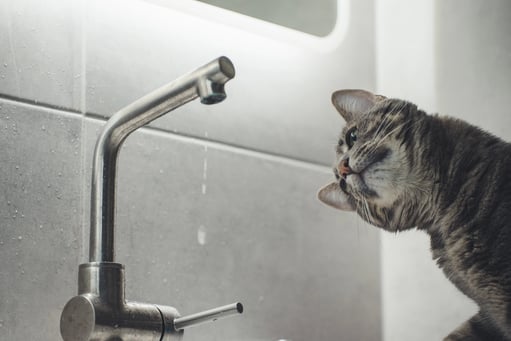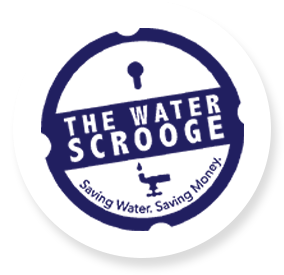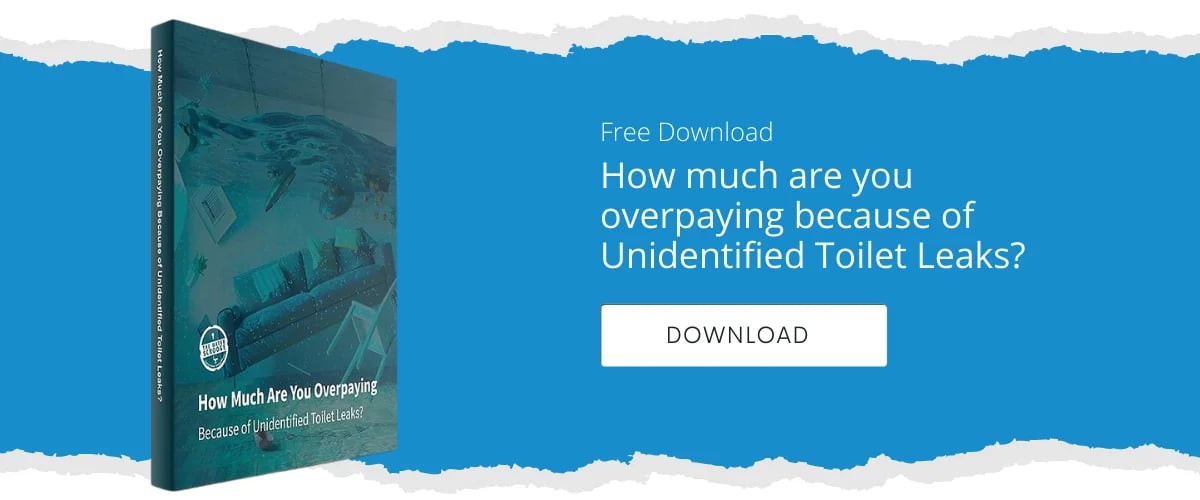2 min read
The Difference Between Leak Detection Inside vs. Outside the Unit
![]() David Schwartz
Jan 13, 2020 9:00:00 AM
David Schwartz
Jan 13, 2020 9:00:00 AM

Water is the largest expense for building owners in New York today. Not only do landlords need to pay for water that is used, but they also have to pay for water that is wasted. The fact is, leaky faucets and toilets can add tens to hundreds of thousands of dollars to a landlord’s annual bill. In any given a building with 500 toilets, there can be at least 100 leaks a day, which translates into 9 million gallons of wasted water and $120,000+ extra in costs.
The Challenges Facing Building Owners
Naturally, landlords try to prevent leaks to the best of their abilities. But there are challenges that make it difficult. The main challenge is that leaks are always occurring, and there’s not much anyone can do to preemptively stop them. You could find 20 leaking toilets in a building in one month, fix them, and the next month, find a totally different set of 20 leaking toilets. Even sending a maintenance person every week to inspect the building’s toilets wouldn’t help predict the future leaks that will inevitably occur.
Another challenge facing landlords is that tenants rarely report leaks. It’s not that tenants ignore leaks intentionally, but many of them simply don’t realize what’s happening. They don’t pay attention to the sounds of a toilet and certainly don’t notice how long it takes the water tank to fill up.
Inside the Unit vs. Outside the Unit Leaks
Leaks that occur inside the unit, meaning from the actual water fixtures themselves, can go unreported for a long time. This is because the pipes are often hidden inside the walls, so the actual scope of the damage can’t be seen until it’s too late. For example, a dripping faucet won’t necessarily alarm the tenants, even though the pipe inside the wall may be inching its way toward severe damage. The issue is compounded when leaks are located outside the unit, making them even harder to detect. Outside the unit, leaks occur in the plumbing infrastructure itself, like a bad pipe that leads outside the building on a cold, hot, or return water line. In the case of both inside and outside leaks, it can be nearly impossible to pinpoint them before they cause damage.
The High Cost of Leaks
Leaks are extremely costly, both in water waste and money. In New York City, 748 gallons, or 100 cubic feet, of water costs $10.33. It might not sound like so much, but when you own a building, the numbers quickly add up. One leaking toilet can lose as much as 300 gallons of water a day, which means that 20 leaking toilets can lose 6000 gallons a day. That comes out to 180,000 gallons a month and nearly $25,000 a year. In buildings with 1000 toilets or more, you’re not just looking at 20 leaking toilets — you’re likely looking at 250 leaking toilets and an annual loss of around $300,000.
In addition to the actual cost of the wasted water, an undetected leak can destroy the infrastructure of a building and cause hundreds of thousands of dollars in damage.
So what is a building owner to do? Just accept the fact that hundreds of thousands of dollars will literally go down the drain?
No! Fortunately, landlords today have the option to lower water costs with a leak detection and leak monitoring system.
What is a leak detection and leak monitoring system?
A leak detection and monitoring system helps you find the source of leaks quickly. It comes as a wireless monitoring system that keeps an eye on the water flow of the risers in your building in each shower, faucet, and toilet. With this type of monitoring system, you don’t have to get a sky-high bill to know that you have a problem. The system catches leaks before your water bill skyrockets, allowing you to immediately fix them. Moreover, the detection and monitoring system helps detect new leaks automatically, so you are never kept in the dark. Once a leak is detected, the system identifies the source, allowing you to fix it quickly and efficiently.
The Water Scrooge offers an advanced leak detection and monitoring solution that catches leaks inside the unit and outside the unit. Contact us today for more info!




